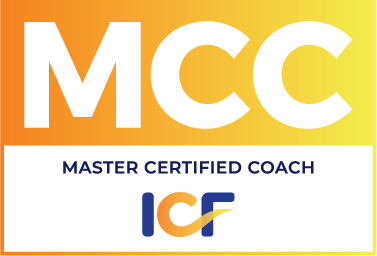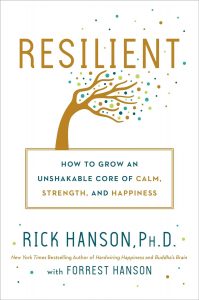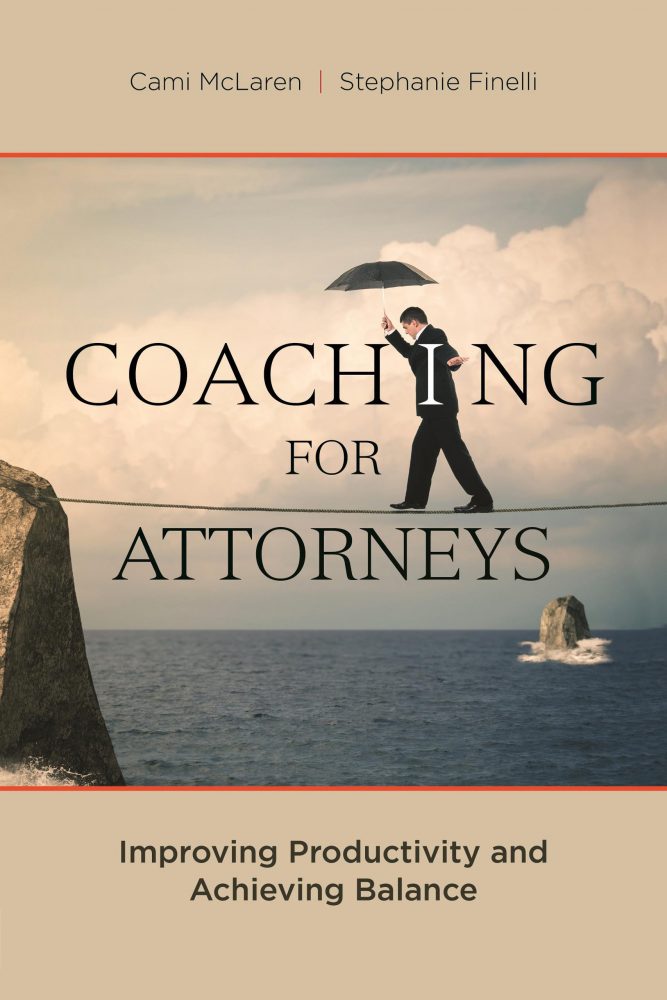Dealing with Communication Breakdowns
Part IV: Problem-Solve
This is the final in a four-part series on clearing breakdowns in communication. If you have not read the prior three blog posts, you may want to start there:
Communication Breakdowns, Part I
Once you have managed your feelings and you know about yourself, you are ready for conscious problem-solving. Problem-solving is an intentionally neutral term. This is why it is important to be aware of your feelings before you begin.
Overview:
1. Prepare
2. Establish rapport and positivity
3. Listen to their story
4. Share your story
5. Collaboratively decide what needs to be resolved
(1.) Prepare
Before you set a meeting to problem-solve, prepare yourself internally. Ask these questions:
Why do I want to meet with the other person?
What outcome do I want to achieve? Set your intention to get this outcome.
What’s in it for the other person in approaching this collaboratively?
When and where is the best time and place to meet?
What can I say or do to set a positive tone?
What is the source of the conflict for me?
What might be the source of the conflict for the other person?
What interests and needs do we have in common?
(2.) Establish Rapport and Positivity
Once you have prepared yourself and the other person has agreed to meet, the first thing to do is make sure that the other person is comfortable and knows that your intentions are positive. If you do not start out on the right foot, a person who is already in conflict with you will feel distrust right away.
Let the other person know why you are raising this issue; for example, to clear the air, improve the working relationship, or build understanding. Have a kind and inviting tone and body posture. Meet in a neutral environment, perhaps a coffee shop, or take a walk. Direct eye contact tends to increase the tension.
The process we are describing here is not linear and you must always make sure the other person understands and feels your positive intention. And if you start to feel you are losing rapport during the conversation, take time to regain it.
“Seek first to understand, then to be understood.” –Stephen Covey
Part of problem-solving is getting it all out on the table. The best (possibly the only) way to do that is to listen first. Listen in a curious fashion, with an open mind, with the intention of learning where the other person is coming from. Ask curious questions and reflect back.
(4.) Share Your Story
After the other person has shared all they wish to share, it is your turn. Tell the person how you see the situation, in a neutral fashion. Begin with “from my point of view…” or “how I see it…” or “how I interpreted that….” Your intention here is to share your point of view not your position.
A position sounds like:
• You are always late so no one can do their job on time.
• We can’t get ahead because you are unreliable.
A point of view sounds like:
• I am noticing that we are late on projects frequently and I want to take a look at why that is.
• The last project was completed three days after the due date and I am interpreting this as resulting from a miscommunication.
This is not an argument and the intention in problem-solving is not to win. It is important to remember that at the end of the meeting, you want a resolution that everyone can buy into and carry forward.
(5.) Collaboratively Decide What Needs to be Resolved
Once both stories are on the table, decide together what issues to discuss. There may be issues that are important to one person, but not the other. Make sure each of you agrees as to the issues you are seeking to resolve.
(6.) Create a Plan
Work on a plan through mutual brainstorming. Look for the scenario where you both feel you have “won.” This is distinct from compromise where each party feels they have given something up. Stephen Covey has called this “the third alternative.” You will know you have created a sufficient outcome when you have created a solution together. Come up with agreements and a plan. Each person should restate their understanding of the plan. Reduce the plan to writing. Be sure the plan involves both of you taking action and follow-up. Agree to and set the next meeting.
__________________________
This weekend we graduated 10 new amazing coaches. 10 people with a purpose to go out in the world and support others and getting what they say they want! I am so humbled to be able to facilitate this transformation. And so grateful for all the professional coaches who stepped in to help me.
On to YEAR TWO! Two spots left! www.mclarencoaching.com/coach-training








